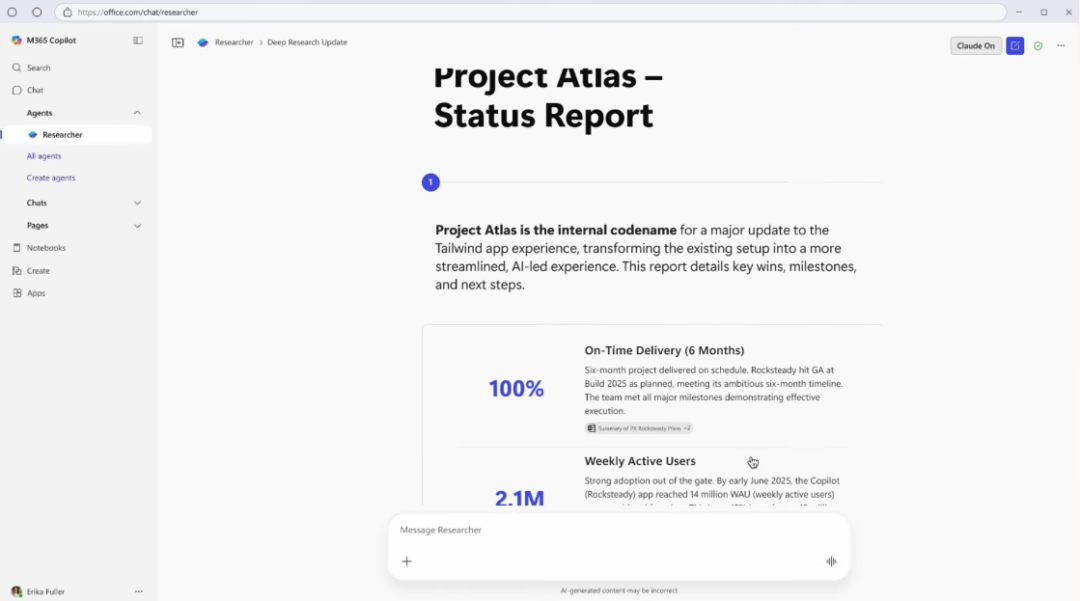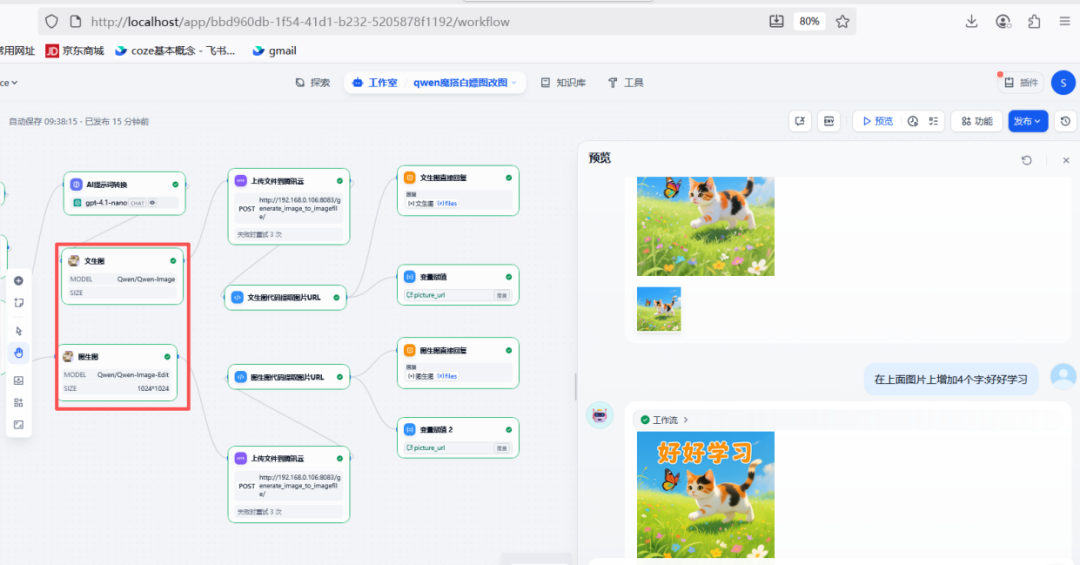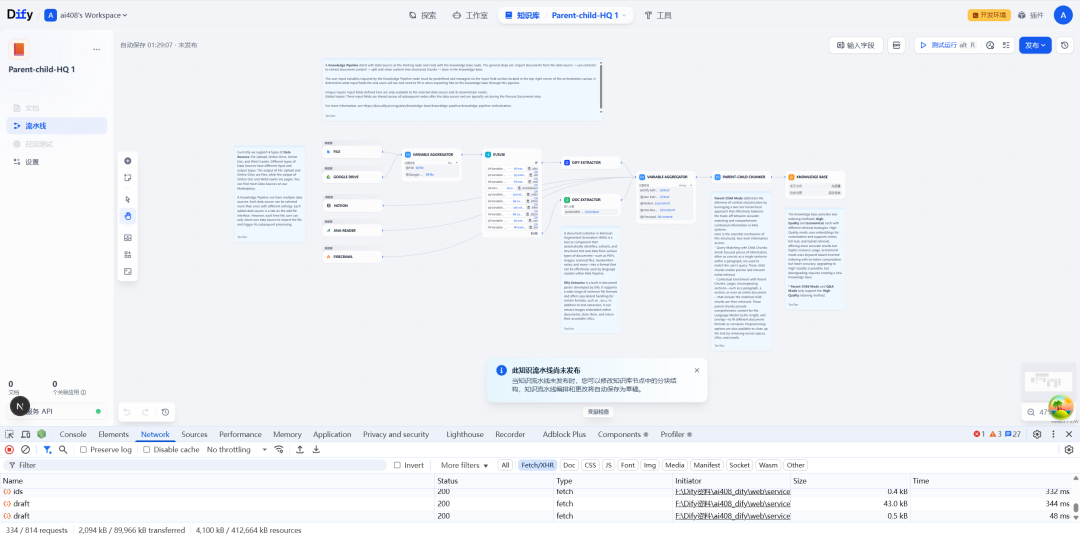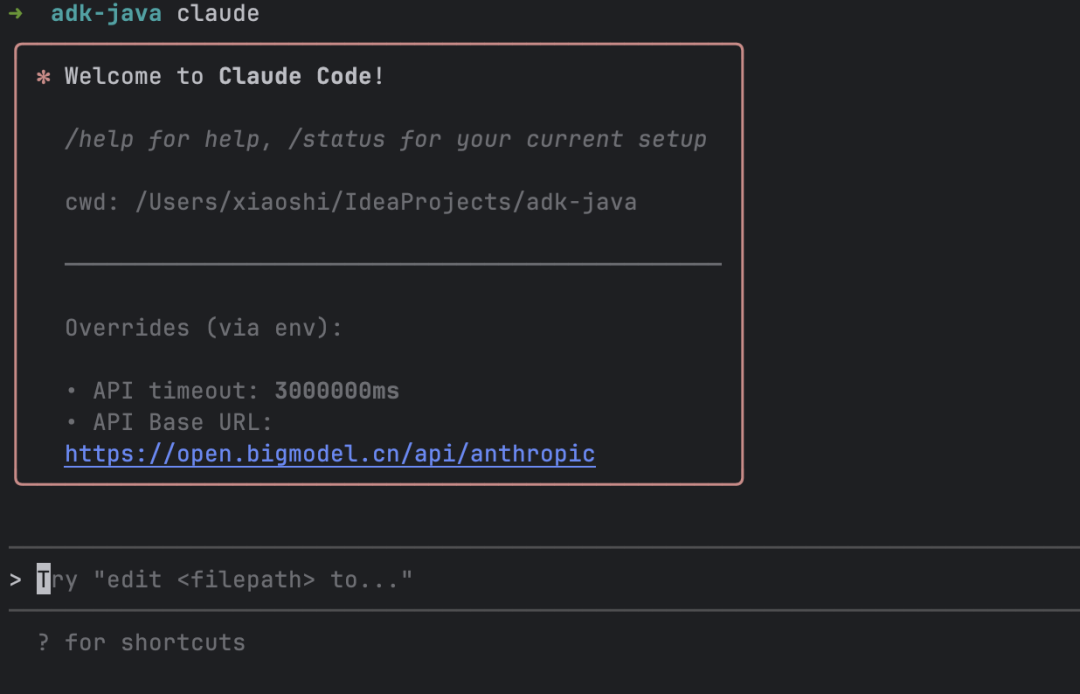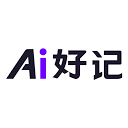The technology utilizes a unique "distributed brain-size" architecture to solve the conflict between AI services and privacy protection:
- local cerebellar system (LCS): Deployment of lightweight models at user end devices responsible for processing raw data (e.g., medical records, financial information) into irreversible feature vectors (128-bit hash codes)
- secure transport layer: Ensure that feature vectors cannot be reverse parsed during transmission through homomorphic encryption techniques
- Cloud Brain System: Receive feature vectors and perform operations based on the EVA-1 model, and finally return a decision proposal without original information (e.g., "The probability of adaptation of treatment plan A is 78%").
Empirical tests show that this solution reduces the risk of data leakage to 1/20th of traditional cloud solutions while maintaining GPT-4 level reasoning capabilities. for example, in medical scenarios, the patient's CT images and genetic data are retained in the hospital's local servers throughout the entire process, and the AI only obtains mathematical representations of lesion features, meeting strict privacy regulations such as HIPAA.
This answer comes from the articleAutoArk: A Multi-Intelligence AI Platform that Collaborates on Complex TasksThe



















